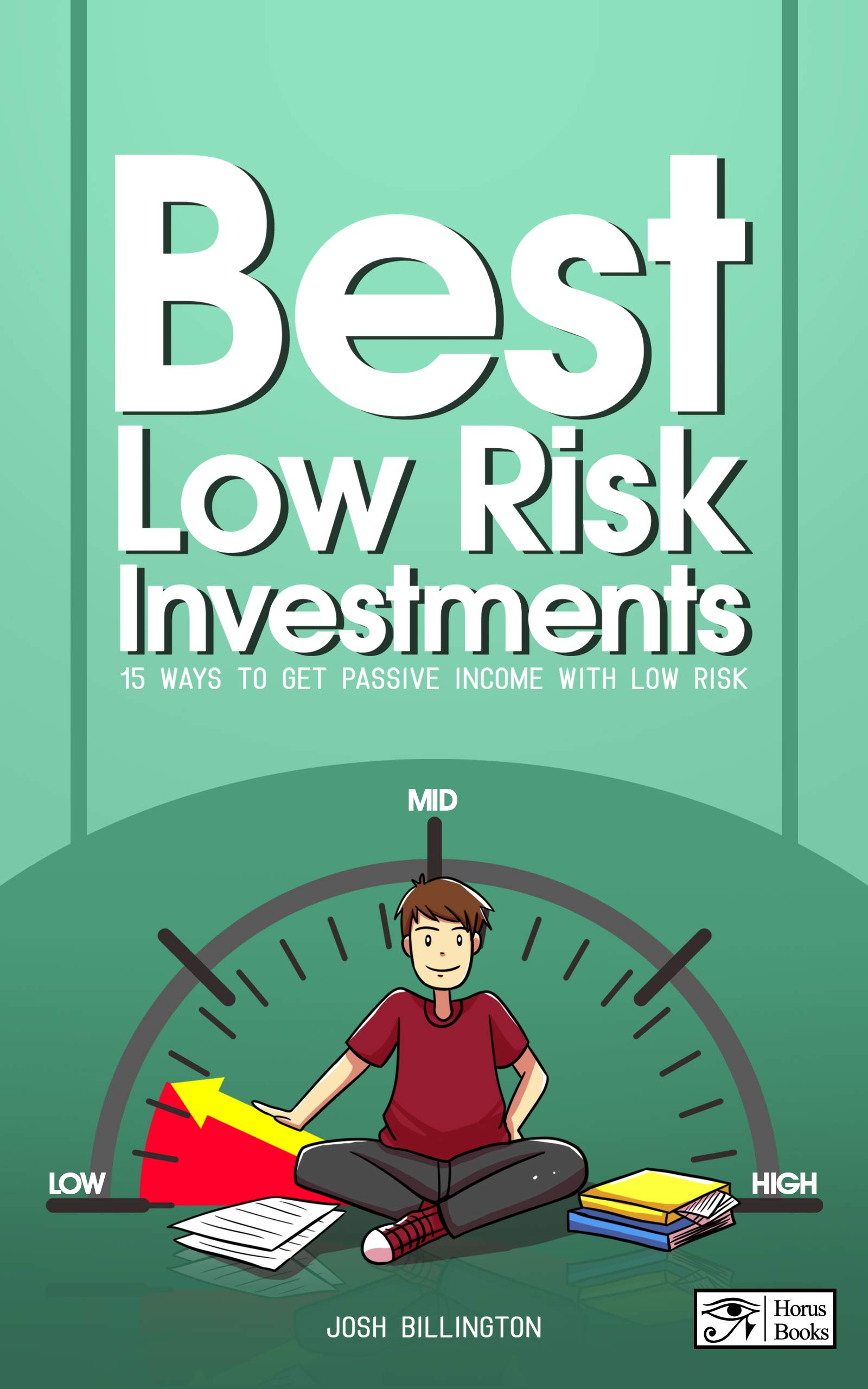Is The Real Safe Bet Still A Myth? Exploring Low-Risk Investment Options

Table of Contents
High-Yield Savings Accounts & Money Market Accounts
High-yield savings accounts and money market accounts offer a compelling entry point into the world of low-risk investing. A key advantage is the FDIC insurance (up to $250,000 per depositor, per insured bank), making them extremely safe havens for your money. This protection safeguards your principal against bank failure, providing peace of mind that's hard to match with other investment vehicles. Furthermore, these accounts provide liquidity, allowing easy access to your funds whenever you need them. While the returns aren't as spectacular as some higher-risk investments, they generally offer significantly higher interest rates than traditional savings accounts, making them attractive for short-term savings goals.
- FDIC insurance protects your principal. This is a crucial aspect of minimizing risk.
- Easy access to funds. You can withdraw your money quickly and easily, making these accounts ideal for emergency funds.
- Relatively low returns compared to other investments. While safe, the interest earned will be lower than riskier options.
- Ideal for emergency funds and short-term savings goals. Perfect for building a financial safety net or saving for a short-term purchase.
Finding the best savings accounts requires some research, comparing savings account interest rates from various banks and online institutions. Consider exploring options for online savings accounts, which often offer more competitive rates.
Certificates of Deposit (CDs)
Certificates of Deposit (CDs) represent another solid choice within low-risk investment options. These accounts offer a fixed interest rate for a defined period, such as 6 months, 1 year, 5 years, or even longer. This structure provides predictable returns, eliminating the uncertainty associated with fluctuating market values. The trade-off is the lack of liquidity; your money is locked in for the agreed-upon term. Early withdrawal typically incurs a penalty, so it's crucial to carefully consider your time horizon before investing in a CD. A strategy called CD laddering can help mitigate this risk. By spreading your investments across CDs with various maturity dates, you can access a portion of your funds regularly without facing significant penalties.
- Fixed interest rates provide predictable returns. You know exactly how much interest you'll earn over the term.
- Penalty for early withdrawal. Consider the penalty before investing if you anticipate needing access to your funds sooner.
- Longer terms generally offer higher interest rates. You'll earn more interest by committing your money for a longer period.
- CD laddering diversifies maturity dates, reducing risk. This is a useful strategy for mitigating the illiquidity risk associated with CDs.
Shopping around for the best CD rates is essential to maximize your returns. Researching high-yield CDs and comparing offers from different financial institutions can significantly impact your overall earnings. Consider exploring short-term CDs if you need more flexibility.
Government Bonds (Treasuries)
Government bonds, specifically Treasury bonds, Treasury bills, and Treasury notes, issued by the U.S. Treasury, are considered among the safest investments available. Backed by the full faith and credit of the U.S. government, they carry an exceptionally low risk of default. This makes them a cornerstone of many conservative investment portfolios. Government bonds offer a fixed income stream, providing predictable returns over their maturity period. Different types of Treasuries offer varying maturities, ranging from short-term Treasury bills (T-Bills) to longer-term Treasury notes and bonds, allowing investors to tailor their investments to their specific needs and time horizons.
- Backed by the U.S. government. This backing minimizes the risk of default.
- Low risk of default. Considered one of the safest investment options available.
- Relatively low returns compared to stocks. The safety comes at the cost of potentially lower returns.
- Treasury Bills (T-Bills) are short-term, highly liquid. Ideal for short-term investments.
- Treasury Notes and Bonds are longer-term. Offer higher returns than T-Bills but with less liquidity.
Understanding how to buy treasury bonds and staying informed about treasury bond yields is key to successful investing in this asset class.
Diversification with Low-Risk Mutual Funds and ETFs
Diversification is a cornerstone of successful investing. Low-risk mutual funds and ETFs offer a pathway to diversification within a lower-risk framework. Funds that focus on government bonds or investment-grade corporate bonds provide exposure to a basket of securities, reducing the risk associated with investing in individual bonds. Bond funds, in particular, are popular choices for conservative investors seeking diversification and relatively stable returns. ETFs often offer lower expense ratios than mutual funds, making them an attractive option for cost-conscious investors. However, remember to carefully scrutinize the fund's prospectus to understand its investment strategy, risk profile, and associated fees before investing.
- Diversification reduces overall portfolio risk. Spreading your investments across multiple securities mitigates potential losses.
- Professional management. Fund managers handle the selection and management of the underlying assets.
- Relatively easy to buy and sell. Trading is straightforward through brokerage accounts.
- Fees and expenses can impact returns. Be sure to compare expense ratios before investing.
- Research fund performance and expense ratios before investing. Due diligence is essential to making informed investment decisions.
Identifying the best bond funds and low-fee ETFs requires research, comparing fund performance and expense ratios. Exploring index funds focused on government bonds can also be a viable strategy.
Conclusion
The myth of the "safe bet" in investing is often perpetuated by the inherent risk in all market activities. However, by understanding and utilizing the low-risk investment options discussed above – high-yield savings accounts, CDs, government bonds, and diversified mutual funds/ETFs – you can significantly reduce your risk while still achieving your financial goals. Remember to carefully research and choose investments appropriate for your risk tolerance and financial objectives. Start building your portfolio with smart, low-risk investment options today!

Featured Posts
-
 Beyonces Cowboy Carter Streams Double Following Tour Kickoff
May 10, 2025
Beyonces Cowboy Carter Streams Double Following Tour Kickoff
May 10, 2025 -
 Celebrity Antiques Road Trip Locations Experts And Notable Finds
May 10, 2025
Celebrity Antiques Road Trip Locations Experts And Notable Finds
May 10, 2025 -
 West Hams Financial Future Tackling A 25m Gap
May 10, 2025
West Hams Financial Future Tackling A 25m Gap
May 10, 2025 -
 Caso De Discriminacion Arrestan A Universitaria Transgenero Por Usar Bano De Mujeres
May 10, 2025
Caso De Discriminacion Arrestan A Universitaria Transgenero Por Usar Bano De Mujeres
May 10, 2025 -
 Wynne Evans Axed Go Compare Advert Changes Following Strictly Incident
May 10, 2025
Wynne Evans Axed Go Compare Advert Changes Following Strictly Incident
May 10, 2025
